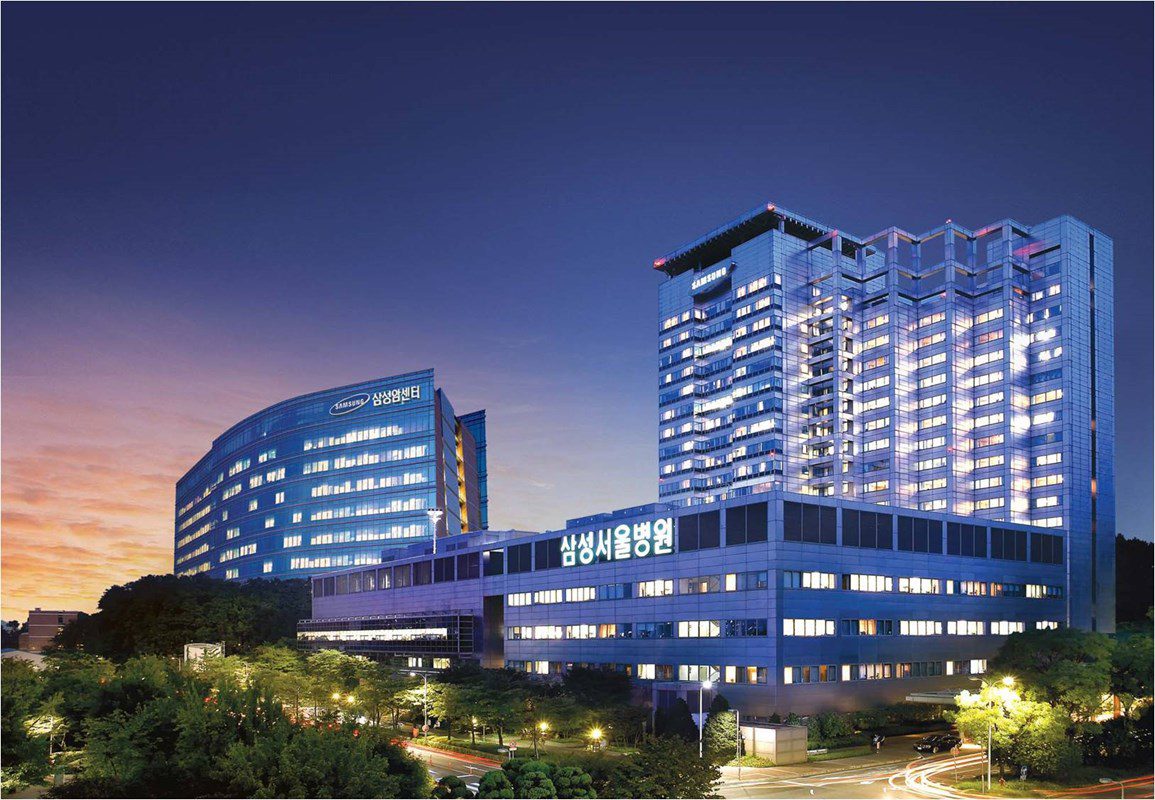Endometriosis: Symptoms, Diagnostic Techniques and Cure
What is endometriosis?
Endometriosis – pathology provoking the expansion of internal uterus tissues. With endometriosis, tissues thicken, cracks appear in them, leading to their destruction and heavy bleeding during menstruation.
If ovaries suffer from pathology, cysts form in them, irritating the surrounding tissues – it provokes scarring and adhesions. This phenomenon leads to the pelvic organs sticking together with each other, preventing them from performing their natural functions. Pathology is quite painful, especially during menstruation. Additionally, endometriosis affects a woman’s reproductive ability.
Endometriosis development causes
Exact roots of pathology occurrence and development haven’t been identified. Among the possible disease catalysts, the following are distinguished:
- retrograde menstruation – bleeding during menstruation flows back to the pelvic cavity, remaining in the organism. There they stick to walls, compact and form growths;
- cells structure modifications in abdominal cavity – with some hormonal changes and immune factors influence, the cells inside the stomach are transformed into endometrial ones;
- scars left after surgery can become overgrown with endometrial cells;
- these cells can be transported by organism liquids;
- defects interfering with normal immune system functioning. Simultaneously, the organism doesn’t recognize endometrial structures growing outside.
Additionally, there are several risk factors:
- menstrual cycle at early age;
- menopause comes too late;
- menstrual cycle is too short;
- prolonged and hard menstruation – 7+ days;
- excessive estrogen amount in organism, produced by reproductive system organs;
- body weight is too low;
- pathology presence in family anamnez;
- illnesses when blood passes through organism with difficulty and stagnates in vessels;
- reproductive system defects.
If pathology isn’t diagnosed, cancer from endometriosis can develop and affect a particular organ.
Endometriosis symptoms
Main endometriosis sign is strong pelvis pain, especially in the period. Additionally, women feel the other symptoms of endometriosis.
- Heavy menstrual pains.
- Ache during intercourse; sometimes, it continues after.
- Excessive bleeding in menstruation.
- Constant organism fatigue and weakness.
- Frequent diarrhea constipation, or bloating in abdominal cavity, nausea bouts.
Sometimes, endometriosis is identified in infertility therapy and is its cause.
Endometriosis diagnosis
If specialists have suspicions about pathology presence, the following diagnostic procedures are prescribed.
- Pelvic area palpation to identify cysts and deformities.
- MRI, CT and ultrasound – detailed image of internal organs.
- Laparoscopy – thin tube with a camera entering the abdominal cavity. Through this technique, specialists are able to assess internal damages and determine the lesion extent.
- Biopsy – tissue samples are examined under a microscope.
Endometriosis treatment methods
There isn’t a specific endometriosis cure. Mostly, treatments for endometriosis combine meds and surgical intervention.
1. Painkillers and anti-inflammatory meds alleviating pathology symptoms.
2. Hormone therapy aimed at reducing estrogen – the complete cessation of menstrual cycles, preventing inflammation, scarring and cyst formation:
- contraceptives, particularly, vaginal rings;
- agonists;
- progestin group contraceptives.
3. Surgical intervention – affected tissue is removed.
With serious pathology manifestations, doctors resort to hysterectomy – complete uterus removal.
Endometriosis and fertility
Endometriosis is the main cause of infertility in women. Pathology affects fertility as follows:
- growing endometrial tissues envelop the ovaries, preventing the egg release;
- tissue growths block the sperm passing to the egg.
Less serious pathology forms make it difficult to conceive:
- modifications of hormonal background necessary;
- negative immune system effect, causing it to recognize embryos as a threat and attack it.
Surgical removal of excess tissue layers clears ways for sperm cells and the egg, facilitating conception. Another way to get this problem away is to introduce sperm directly into the uterus.
Ways to prevent endometriosis and make life with pathology easier
Some methods will help relieve symptoms and slow down the pathology development. Additionally, these recommendations reduce the disease likelihood in healthy women.
- Heating pads and warm baths to relieve pain.
- Diet correction. For endometriosis prevention, it’s preferable to minimize fruit intake and add red meat. Meals rich in omega-3 acids are beneficial for women suffering from pathology.
- Refrain from drinking alcohol and caffeinated drinks.
- To combat endometriosis, it’s recommended to add moderate physical activity to everyday life – regular workouts help improve blood circulation, actively saturating the organs with oxygen. Pain during menstruation in women who regularly do sports isn’t so tangible and strong.
- Stress factors minimization. Frequent stressful conditions trigger endometriosis development. Stress makes the ache worse. Women are encouraged to practice yoga and meditation – these techniques allow women to perfectly cope with stress and feel more balanced.
The alternative ways to cope with endometriosis:
- acupuncture;
- physiotherapy techniques;
- massages;
- ayurveda.
These recommendations help to reduce manifestation of pathology symptomatology and prevent its possible occurrence.










